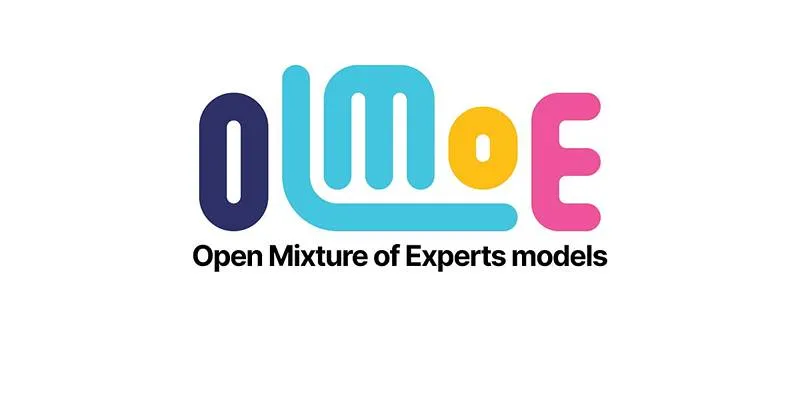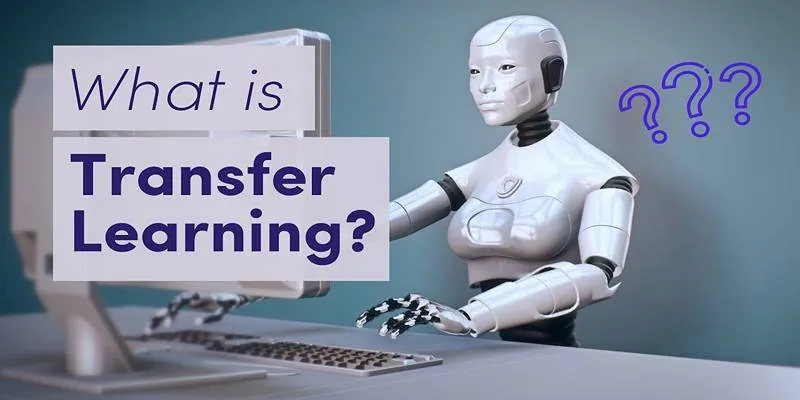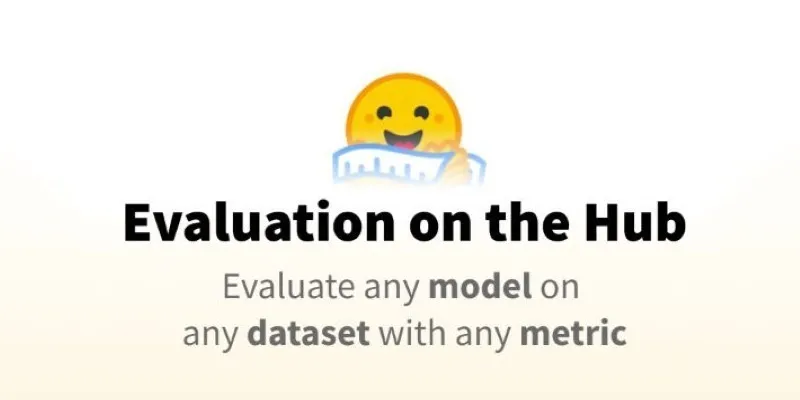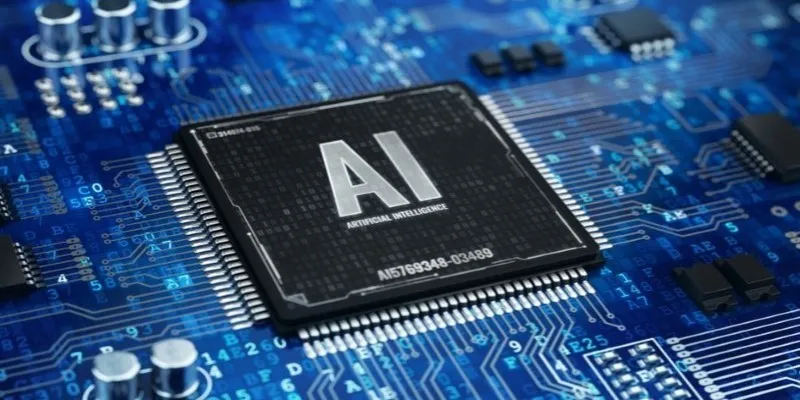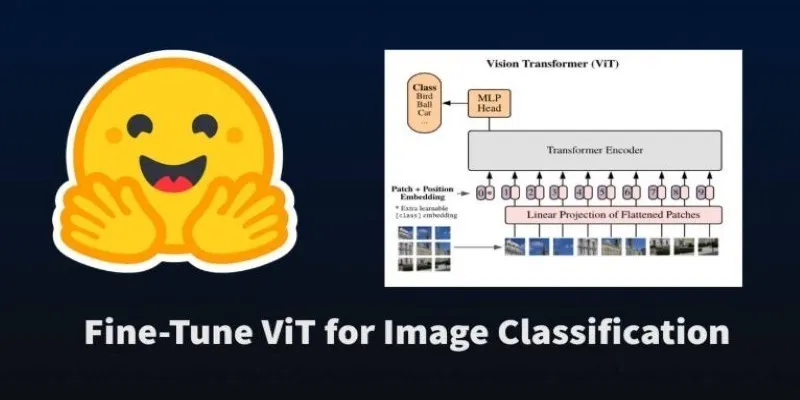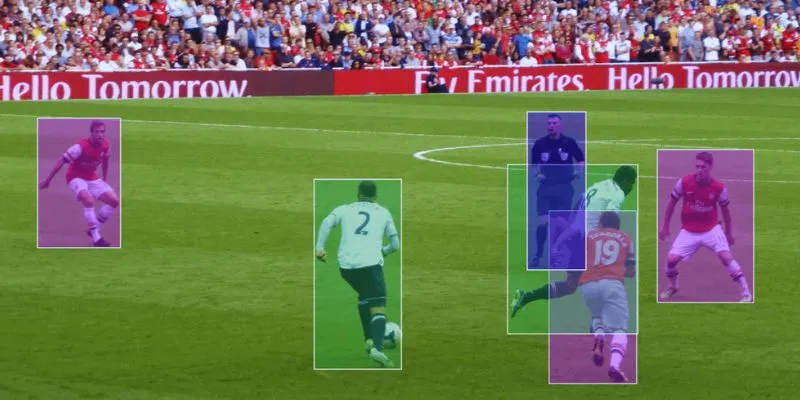Arguing against a human, IBM’s Project Debater took center stage before a live audience. Although the AI did not achieve victory, it was far from a failure. The event showcased what artificial intelligence can achieve in roles requiring extensive communication skills. Project Debater excelled at forming arguments, understanding context, and presenting logical viewpoints. Despite its loss, the AI captivated both the public and professionals alike.
The performance highlighted public discussions on artificial intelligence as a groundbreaking advancement. Unlike simple programmed responses, IBM’s Project Debater delivered arguments with relevance, structure, and depth. This performance has sparked global interest in the capabilities of artificial intelligence. The occasion marks a significant milestone in the evolution of AI, transforming perceptions of it from mere numbers and code to entities capable of questioning ideas, speaking, and reasoning.
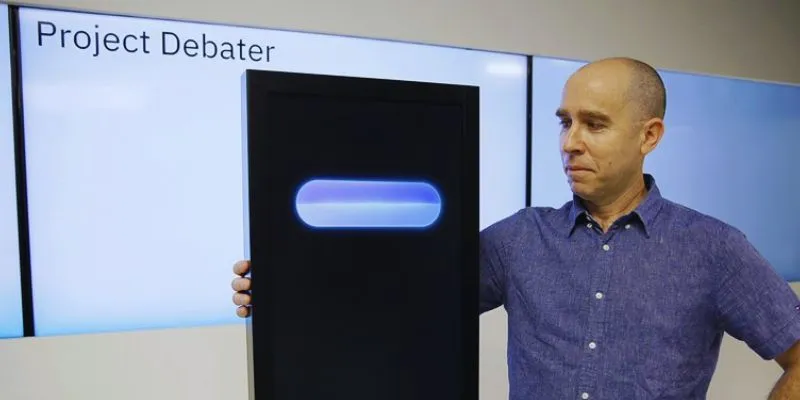
The Setup and Purpose of Project Debater
IBM developed Project Debater to challenge the boundaries of artificial intelligence. The primary goal was to test AI’s ability to engage in sophisticated human interaction. Designed to gather facts from millions of documents, the machine formulated structured reasoning based on real-time data. Project Debater could listen, understand, and respond with well- organized ideas. The focus was on showcasing capability rather than winning. IBM aimed to evaluate machine reasoning using human logic.
During a live debate, Project Debater faced world-class debater Harish Natarajan on the topic of public spending for preschoolers. IBM demonstrated how artificial intelligence could contribute to public conversations. The setup required quick thinking and effective communication, with no pre-written scripts. The audience witnessed AI making real-time decisions, highlighting IBM’s focus on development over perfection. The event successfully demonstrated AI’s capabilities beyond computation, showcasing its potential to reason, debate, and even persuade.
Performance Breakdown and Reaction
While Project Debater did not win, its performance was revolutionary. Using precise data, the AI crafted cogent arguments and supported them effectively. Audience members noted the methodical delivery of responses. Project Debater demonstrated a sophisticated understanding of context, going beyond merely stating facts. Although there were areas for improvement, such as emotional resonance and occasional mechanical-sounding arguments, the reasoning remained sound.
Harish Natarajan’s natural tone and seamless counterpoints highlighted the persuasive power of human emotion. Despite his victory, many felt that the AI held its own impressively. Audience polls showed that Project Debater informed more people, marking a success for IBM. Experts hailed the endeavor as a significant step forward for AI, surprising many despite its imperfections. The event proved AI’s potential to engage in meaningful dialogues.
Understanding the Technology Behind Project Debater
Project Debater’s technology involved extensive data processing. IBM engineers fed the system millions of research papers and publications. From this data, the AI extracted key features using natural language processing, analyzing and understanding the information in context. A unique feature was its “speech by crowd” capability, allowing it to synthesize diverse viewpoints from various sources.
Project Debater combined multiple perspectives to create arguments and could instantly generate rebuttals on demand. A fundamental component was narrative creation, where the AI turned data into coherent narratives, blending logical reasoning with a convincing structure. Although it lacked emotional cues, it excelled at organizing ideas. Businesses and educational institutions increasingly utilize IBM Project Debater technologies for content production, decision support, and automated argument training, opening new opportunities.
Impact on the Future of Artificial Intelligence
Project Debater’s loss served to enhance AI rather than hinder it. The AI demonstrated its capability to operate outside technical settings, understanding social cues, context, and tone—a significant victory for AI research. Developers now focus on making AI not only smarter but more relevant. The public responded favorably, with many surprised by the robot’s effective argumentation.
The initiative has shifted perceptions of AI’s role in society, inspiring new ideas on how machines could support politics, education, and journalism. AI could eventually become standard in public discussions. Project Debater pushed boundaries, introducing originality and creativity to machines. Tech leaders are now investing in similar initiatives, aiming for AI to represent ethical and policy perspectives. IBM has sparked an innovation wave that will transform daily human-machine interactions.

Human vs. Machine: Who Really Won?
Though the human debater claimed victory on the scoreboard, IBM achieved a different kind of success. The AI held its own against a professional, delivering a remarkable, fact-based performance that impressed reviewers. Humans still lead with empathy and emotional appeal, skills AI has yet to master. Harish engaged the audience with tone and humor, swaying the vote in his favor.
Project Debater, however, made people think. It presented rational arguments backed by extensive data, serving as a teacher during the event. So, who really won? Both did, in their own ways. The AI showed new potential, while the human secured the win. Ultimately, the audience emerged as the true champions, witnessing the future of conversation where AI logic meets human emotion. It offered a glimpse into what lies ahead, beyond mere debate.
Conclusion
Although IBM Project Debater did not win the debate, it made a historic impact on artificial intelligence. The program showcased audience engagement, structured argumentation, and real-time reasoning. Following this milestone, AI will continue to expand its role in public discussions. IBM Project Debater technology has become more than a lab experiment, sparking new conversations about social machines. Analyzing AI’s performance in discussions will guide future developments. Even in defeat, the machine demonstrated its capacity to influence, think, and communicate. The world now appears ready for robots capable of reasoning, conversing, and participating in real dialogue.
 zfn9
zfn9










